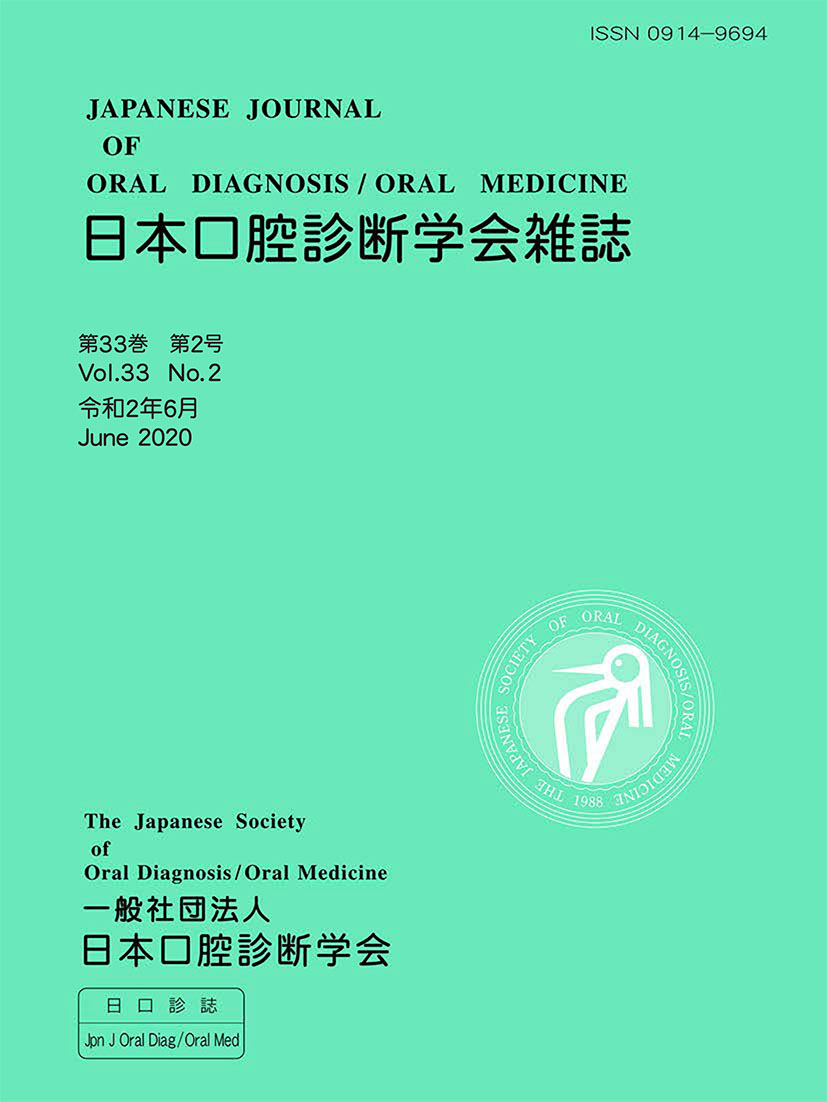Volume 33, Issue 2
Displaying 1-8 of 8 articles from this issue
- |<
- <
- 1
- >
- >|
Review
-
2020Volume 33Issue 2 Pages 145-152
Published: 2020
Released on J-STAGE: July 22, 2020
Download PDF (852K)
Clinical Reports
-
2020Volume 33Issue 2 Pages 153-159
Published: 2020
Released on J-STAGE: July 22, 2020
Download PDF (1142K) -
2020Volume 33Issue 2 Pages 160-165
Published: 2020
Released on J-STAGE: July 22, 2020
Download PDF (975K) -
2020Volume 33Issue 2 Pages 166-169
Published: 2020
Released on J-STAGE: July 22, 2020
Download PDF (475K) -
2020Volume 33Issue 2 Pages 170-174
Published: 2020
Released on J-STAGE: July 22, 2020
Download PDF (633K) -
2020Volume 33Issue 2 Pages 175-177
Published: 2020
Released on J-STAGE: July 22, 2020
Download PDF (337K) -
2020Volume 33Issue 2 Pages 178-182
Published: 2020
Released on J-STAGE: July 22, 2020
Download PDF (749K) -
2020Volume 33Issue 2 Pages 183-187
Published: 2020
Released on J-STAGE: July 22, 2020
Download PDF (637K)
- |<
- <
- 1
- >
- >|
